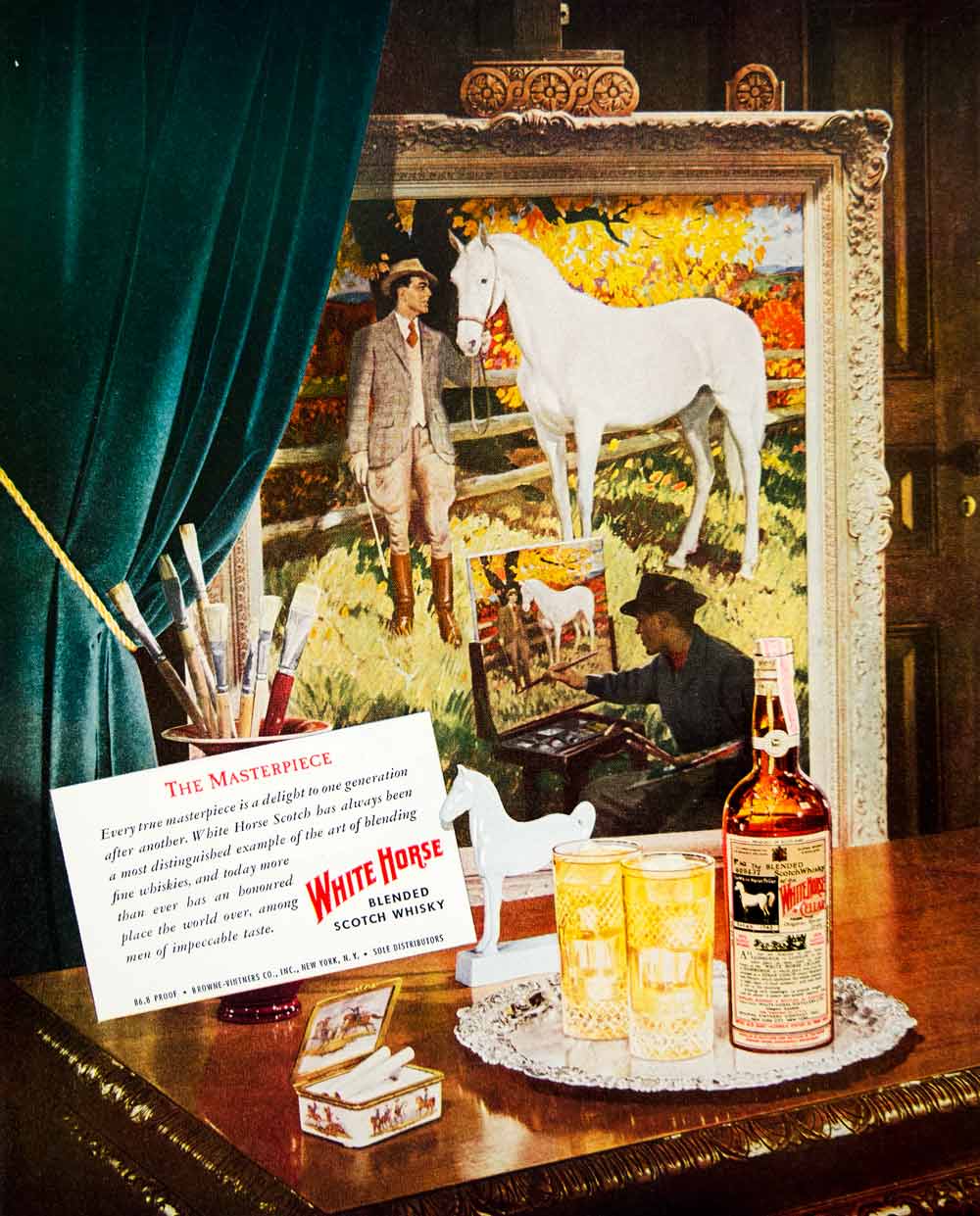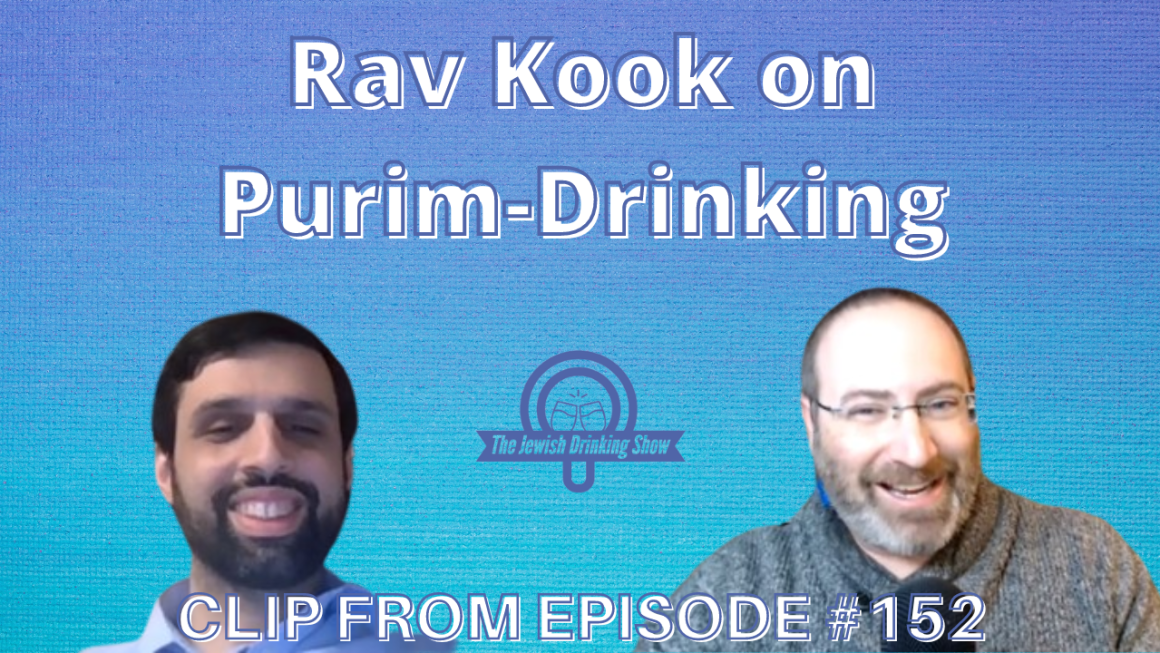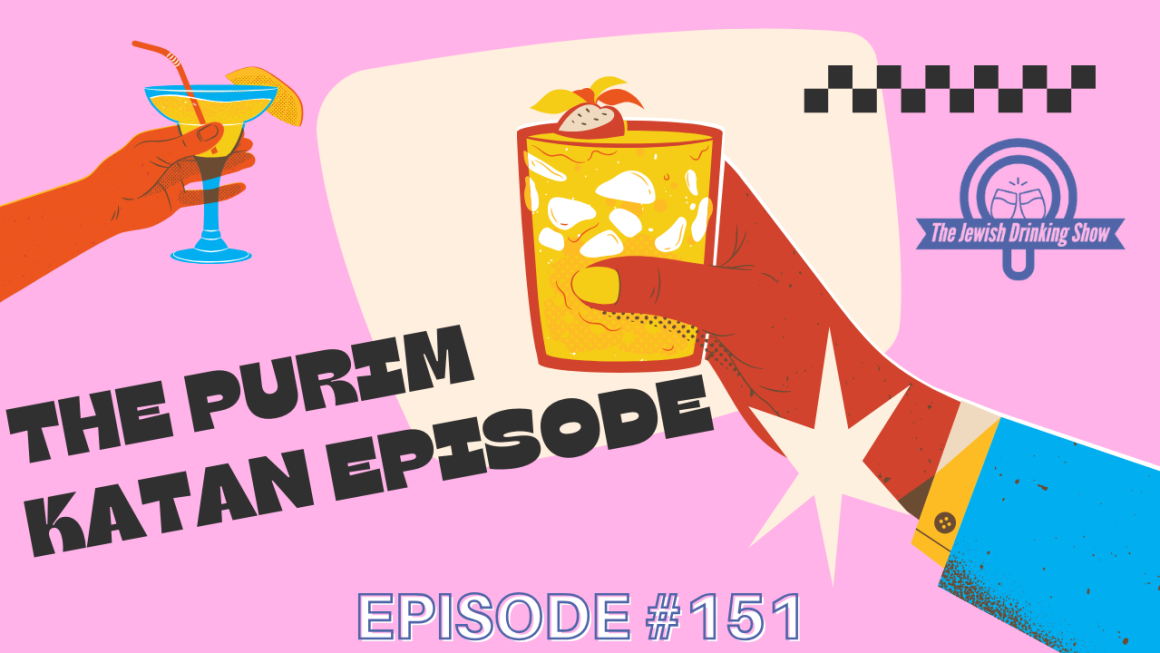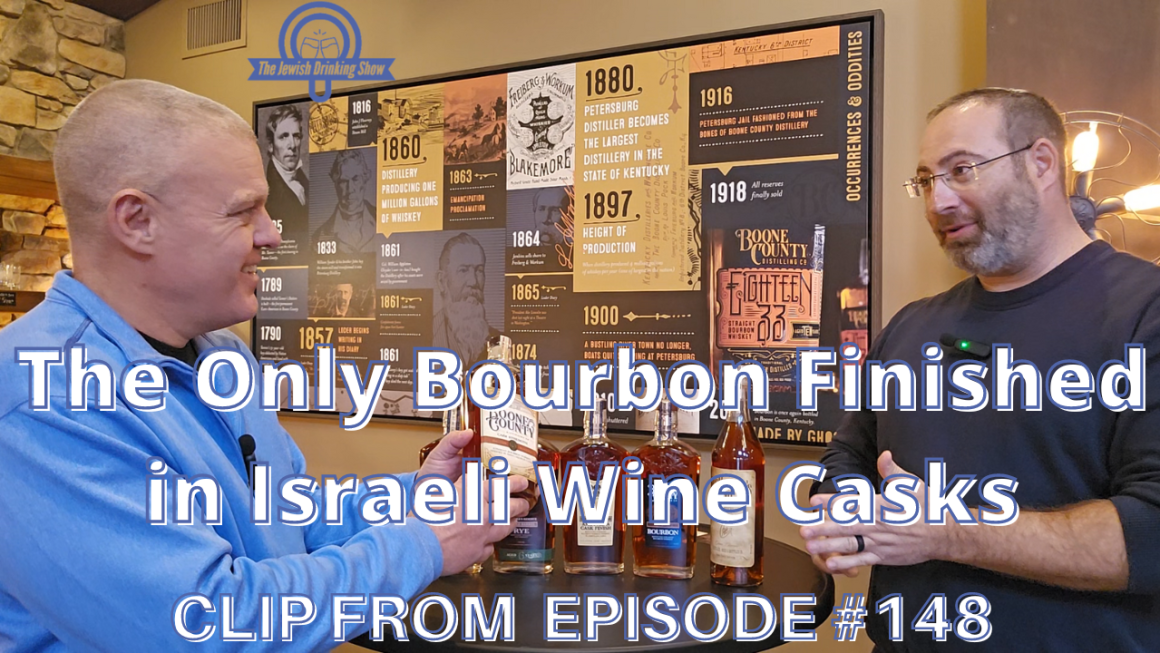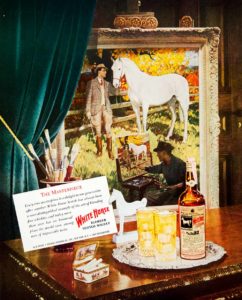
Introduction
In a trilogy of responsa from the spring of 1948, Rabbi Moshe Feinstein responds to Rabbi Pinchas Teitz regarding the permissibility of drinking blended whiskey that may have had had wine blended in to them (אגרות משה, יורה דעה סב-סד).1 What goes entirely unspecified is the origin/type of whiskey. Is it Scotch whisky? Could it have been American or Irish whiskey, or perhaps Canadian whisky? Unclear, but it really doesn’t matter, since Rabbi Moshe Feinstein’s discussion of this topic would apply equally to any and all whiskies in the world that may have had wine blended into them.
Rabbi Niehaus’ Attempt at Specifying the Whiskey Discussed by Rabbi Feinstein
In his Sherry Casks book, Rabbi Akiva Niehaus discusses some potential routes for permitting Scotch whisky that had been held in casks that had previously contained Sherry,2 including one of them being this trilogy of Rabbi Feinstein’s responsa mentioned above.3 However, Rabbi Niehaus makes a peculiar claim, specifying the origin of the whiskey under discussion. Rabbi Niehaus claims that “Rav Moshe was not referring to Scotch; rather, he was referring to whiskey (perhaps Canadian or American) into which a small amount of wine (less than 2½%) was added.” Without any support, Rabbi Niehaus claims that “Rav Moshe’s heter does not apply to Scotch”, even though this very may well be Scotch that was under discussion.
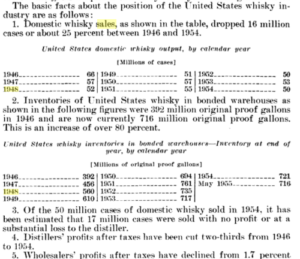
Growth of Scotch in America
In the post-war era, American output of whiskey decreased,4 so why would Rabbi Teitz have brought up whiskey at this time? Perhaps, it’s because another whisky was growing rapidly: “During the post-war era, the industry started to see the emergence of the USA as the main market for Scotch whisky as the product took on fashion-drink status. With a flourishing market across the Atlantic, the industry entered its real take-off phase – a phase that was to propel it into the ranks of the leading international spirits of choice for drinkers around the world. Demand for Scotch whisky grew annually at close to double-digit percentages in the three decades after the end of the war up to 1970.”5
Likely Scotch
It would see that the change going on in the American whiskey scene was the increase in Scotch whisky entering the consumptive habits of Americans. And it’s no secret that Scotch whisky has a robust history of blending (see, for instance, the 1948 advertisement for blended Scotch whiskey above), so it’s not only not unlikely that Rabbi Teitz and Rabbi Feinstein were referring to blended Scotch, but actually quite likely that it was precisely what they were discussing.
Notes:
Rabbi Moshe Feinstein, ספר אגרות משה: יורה דעה, vol. 2 (New York: Rabbi M. Feinstein, 1959), 103-110.↩
2. Rabbi Akiva Niehaus, Sherry Casks: A Halachic Perspective, 2nd ed. (Chicago: Chicago Community Kollel, 2012), 57-74. ↩
3. Niehaus, Sherry Casks, 57. ↩
4. Herman P. Eberharter, “Statement of Hon. Herman P. Eberharter, A Representative in Congress from the State of Pennsylvania” in Bonding Period on Distilled Spirits: Hearing Before the Committee on Ways and Means, House of Representatives, Eighty-fourth Congress, First Session, on H.R. 5367. a Bill to Amend the Internal Revenue Code of 1954 So As To Authorize the Determination of Tax on Distilled Spirits When They Are Withdrawn From Internal Revenue Bonded Warehouse Without Regard to the Date of Original Entry for Deposit – July 26, 1955 (Washington, DC: United States Government Printing Office, 1955), 8.↩
5. Grant E. Gordon, “Marketing Scotch Whisky”, in Whisky: Technology, Production and Marketing, ed. Inge Russell (Amsterdam & Boston: Academic Press, 2003), 315.↩
